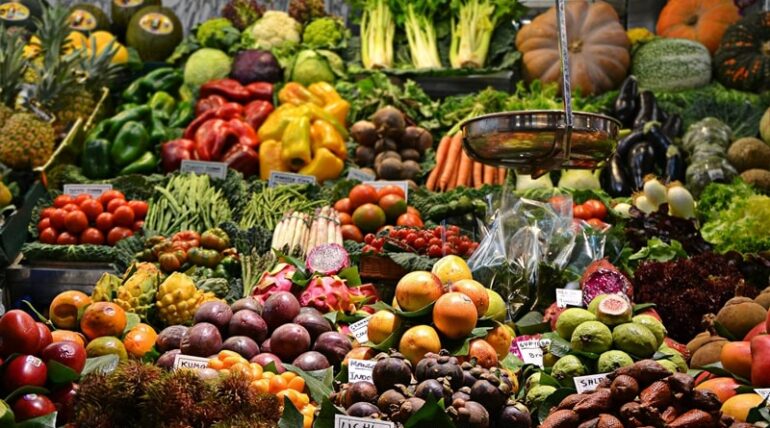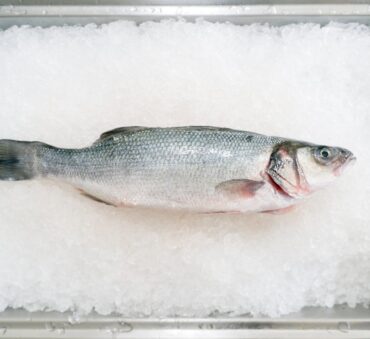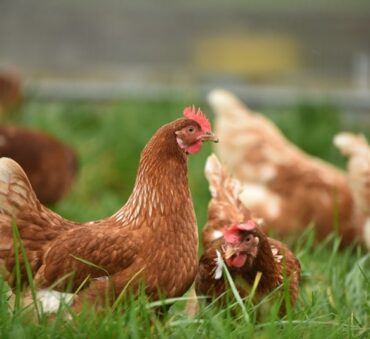Nearly a third of all food produced globally is lost before it’s consumed, causing severe environmental, economic, and humanitarian issues. With up to 783 million people around the world facing hunger, there’s a dire need to bridge the gap between wasted food and food insecurity.
However, to make large-scale changes, consumers and organizations throughout the supply chain must understand that food loss and food waste are not the same thing. So what’s the difference?
While food loss occurs before food reaches retailers and consumers, food waste refers to waste produced at the retail and consumer levels. Understanding the difference allows businesses and individuals to create waste management strategies that are tailored to each specific circumstance, considering the causes behind each one.
Keep reading to better understand the difference between food waste and food loss, exploring how to tackle each one to fight this global issue.
Key Takeaways
- While food loss and food waste are often used interchangeably, they have key differences that must be addressed, such as the causes behind them and different strategies to reduce them.
- Food loss occurs at the early stages of the supply chain, typically before it reaches retailers and consumers, and is often caused by production inefficiencies, storage and transportation issues, a lack of infrastructure, overproduction, and a lack of market access.
- Food waste is edible food items that are discarded or wasted at the consumer and retail levels, caused by consumer preferences, confusion over date labels, inefficient household food management, over-purchasing, and physiological and social factors affecting consumer behavior.
- Reducing food loss and waste helps minimize the environmental, economic, and social implications related to them. Strategies to reduce food loss and waste include improvements in agricultural practices, increased adoption of food waste technology, policy support and investment in research, education and awareness campaigns, innovations in food packaging, and community initiatives, among others.
Understanding Food Loss
As mentioned, food loss occurs at the early stages of the supply chain, typically before it reaches retailers and consumers. The decrease in the quantity and quality of food is typically experienced because of inefficiencies in the supply chain, resulting in losses in production, processing, storage, and distribution.
As we’ll see below, there are many different types and causes of food loss, making it a complex issue that must be addressed with tailored waste management solutions.
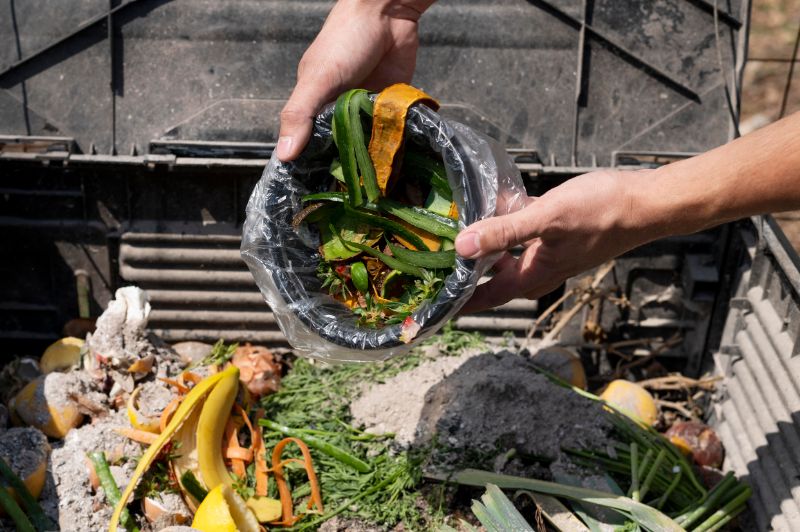
What are the types of food loss?
Since food loss occurs at different stages of the supply chain, there are various types of losses that can occur. The most common reasons for food loss include:
- Spoilage: There are many reasons why a product may become unfit for consumption, such as poor planning, cold chain inefficiencies, improper packaging, and problems with transportation.
- Loss from pests: Pests cause cross-contamination throughout the supply chain, damaging raw materials and leading to significant losses. In fact, an average of 35% of potential crop yield is lost to pre-harvest pests.
- Loss from mold and bacteria: Products that are affected by mold growth and bacterial contamination often experience changes in texture, appearance, and flavor, degrading the quality of the food and leading to loss.
- Inadequate climate control: Inadequate climate control causes food products to deteriorate more rapidly, with exposure to improper temperatures and humidity being a big cause of food loss in the supply chain.
- Cooking loss and natural shrinkage: Some food preparations, such as moisture loss during roasting and drying, are a necessary part of processing. That said, excessive cooking or natural shrinkage can make products lose their quality, leading to food loss.
- Grading and sorting: Strict grading and sorting criteria cause many food items to be thrown out based on appearance. Discarding ugly produce is a large contributor to food loss, with more than 20 billion pounds of cosmetically imperfect or unharvested food wasted each year in the United States.
How much food loss is there?
Globally, around 14 percent of food produced is lost between harvest and retail. These losses can be as high as 40-50 percent for root crops, fruits and vegetables, 30 percent for cereals and fish, and 20 percent for oilseeds.
In the United States alone, between 30-40% of the food supply is either lost or wasted, leading to approximately 133 billion pounds of waste a year. This translates to around a pound of food per person wasted every single day. While this percentage includes both food loss and food waste, it gives us an idea of the severity of this crisis.
Of this number, 16% of total waste comes from farms and 2% from manufacturers. As mentioned, strict standards are a big driving factor behind food loss. In fact, farmers leave up to 30% of their produce in the field because it isn’t aesthetically pleasing enough to pick and sell. While this practice has become widely adopted in the supply chain, these perfectly edible products could help reduce food insecurity around the world and in our own communities.
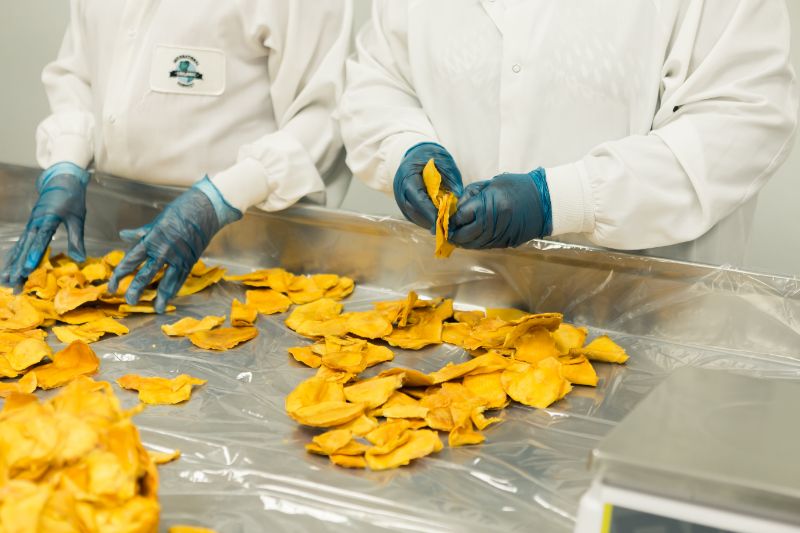
Causes of Food Loss
Food loss along the supply chain occurs for multiple reasons:
- Production inefficiencies: A large amount of food waste in the supply chain is generated due to issues during production. For instance, poor harvesting techniques, such as the failure to harvest crops at the optimal time or leaving crops in the field due to equipment malfunction, are some of the ways that this loss is generated. Other production inefficiencies may include inadequate storage techniques, transportation issues, and poor supply chain management.
- Storage and transportation issues: Poor infrastructure and transportation systems are big contributors to the spoilage and deterioration of products. When storage and transportation do not have proper refrigeration and climate control, have poor handling practices, experience delays in transit, or have poor coordination among stakeholders, there’s an increased chance for loss.
- Lack of infrastructure and technology in the supply chain: Not all manufacturers have access to proper infrastructure and technology, making it hard for them to streamline operations and monitor the quality of their products. As we’ll see below, food waste technology plays a large role in improving supply chain efficiency, which addresses storage, climate control, transportation logistics, and more.
- Overproduction: Overproduction is a huge problem in the supply chain, which is due to poor forecast predictions, strict grading and sorting, changing market conditions, and a lack of collaboration.
- Lack of market access: When farmers have poor market access, their produce often goes unsold, leading to loss. In addition to limited sales opportunities, they may face high transportation costs, limited storage options, and struggle with price volatility due to having limited access to a stable market.
Tackling Food Loss
Reducing food loss requires a multidisciplinary approach that can be implemented at different stages of the supply chain, including:
- Improvements in agricultural practices: Enhanced agricultural practices can help farmers reduce the environmental and economic burden of food loss. This includes enhanced post-harvest handling skills, quality control measures, and better demand forecasting.
- Improved storage and transportation methods: There are multiple ways businesses can improve their storage and transportation processes, including the optimization of transportation routes, real-time tracking and monitoring systems, improved packaging, and the regulation of temperature and humidity levels in facilities and transportation.
- Food waste technology: Food waste technology is a great tool for streamlining these processes, offering cold chain management solutions, data analytics and sensors to optimize farming practices, advanced recycling and composting solutions, and predictive modeling to accurately predict demand and market trends. It also provides valuable monitoring tools, allowing manufacturers and distributors to monitor temperature and humidity levels throughout storage and transportation.
- Tracking food waste: Tracking food waste throughout the supply chain helps businesses identify where food loss is being generated so they can prevent surplus loss in the future. To successfully track food loss in different areas, businesses can perform a food waste audit. Food waste audits collect, measure, and record food loss and waste data, giving valuable insights into where food is being lost, how much, and the type of waste generated. This is often the first step in creating a comprehensive waste management strategy.
- Policy support and investment in research: Governments play a crucial role in addressing food loss through supportive policies and investments in research and development. Policy initiatives may include incentives for infrastructure development, regulations that promote sustainability, and tax incentives, among others.
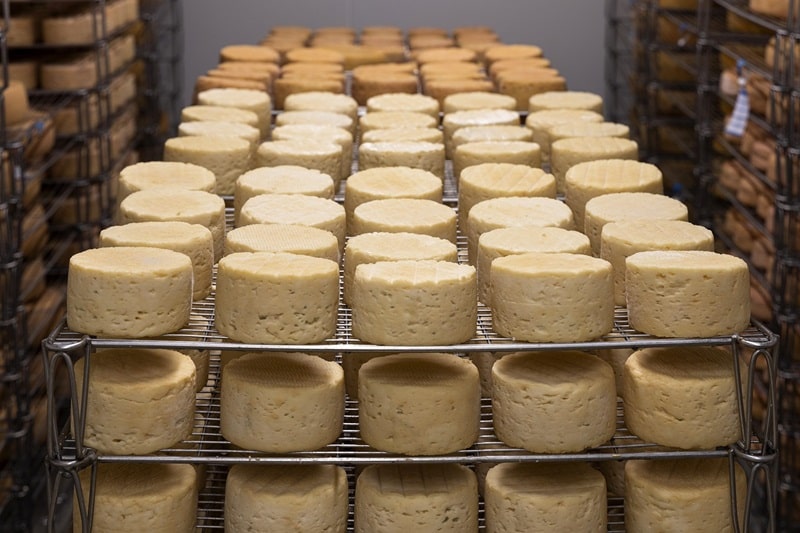
Exploring Food Waste
Food waste is edible food items that are discarded or wasted at the consumer and retail levels. Food waste in households is a large contributor to this waste, with minimal waste management strategies provoking severe environmental consequences. In fact, the EPA estimates that about 96 percent of households’ wasted food ends up in landfills, combustion facilities, or down the drain to the sewer system.
Food waste also includes restaurant food waste and supermarket food waste, with overproduction, inefficient inventory management, large portion sizes, and difficulty forecasting customer demand all contributing to the issue.
As we’ll see below, societal norms and consumer behaviors play a big role in the amount of waste generated. Economic factors also impact how people perceive the value of food, with large amounts of readily available food at relatively low prices having a big influence on consumer behavior.
Keep reading to explore the causes of food waste and how to reduce it.
Causes of Food Waste
Common causes of food waste include:
- Consumer preferences for aesthetically pleasing products: As mentioned, strict grading and sorting processes cause large amounts of food loss at the production level. That said, food waste due to ugly produce is also generated in large numbers at the retail and consumer levels. This is in part due to the significant influence of marketing efforts on consumer preferences, as retailers overstock their shelves with attractive displays and create an expectation of perfect produce. This results in retailers throwing out produce that does not meet certain standards and consumers having high expectations of what they think produce should look like.
- Confusion over date labels: There’s a widespread misunderstanding of expiration dates due to the lack of regulations, meaning there’s no uniform system that manufacturers use, causing many consumers to throw out perfectly edible food. By better understanding the relationship between food waste and expiration dates, consumers can reduce the amount of waste that they’re producing and minimize the economic impact of throwing away food.
- Inefficient household food management: Inadequate meal planning, improper storage practices, and a lack of awareness about portion sizes contribute to food waste at the household level.
- Over-purchasing: When consumers buy more food than they can consume, large amounts of waste are generated. This may be due to impulse buying and bulk purchases due to promotional offers, particularly for perishable food items.
- Psychological and social factors influencing consumer behavior: There are multiple psychological and social factors that may influence consumer behavior, including certain expectations involving portion sizes and food choices and avoiding less desirable food items, leaving them to be discarded. Communities with more resources may also be more likely to over-purchase and discard excess food.
Battling Food Waste
There are many strategies to reduce food waste, including:
- Education and awareness campaigns: The first step to reducing waste is increasing awareness about the food waste crisis. By implementing campaigns to raise awareness of the environmental, economic, and social implications of food waste, there may be a shift in consumer habits regarding consumption and disposal.
- Innovations in food packaging: Innovations in food packaging help extend the lifespan of food items. Smart packaging, for instance, uses sensors and indicators to provide consumers with real-time information about the condition of their food. Other innovations that help minimize the environmental impact of packaging materials include biodegradable packaging, edible packaging, and recyclable packaging.
- Policies facilitating food donation and redistribution: Policies play a big role in encouraging the donation of excess food. An example of this is the Bill Emerson Good Samaritan Food Donation Act, an act that promotes food donation by protecting donors from liability, therefore addressing the food insecurity crisis and diverting food from landfills. Other policies may include tax incentives, regulatory support, and investment in infrastructure.
- Initiatives to clarify food labeling standards: The standardization of food date labels would reduce waste by creating a uniform system that’s easy to read and prevents confusion among consumers. Campaigns can also be implemented to enhance consumer awareness and help them recognize signs of spoilage.
- Circular economy: Fighting food waste with circular economy helps businesses and individuals reduce waste by reusing and regenerating materials to preserve their value. Some examples of this include food waste recycling, turning food waste into animal feed, and donating surplus food to those in need, among others.
- Community initiatives: Having access to food waste management solutions helps encourage households and retailers to participate in food waste reduction efforts. This may include community composting, food recovery and sharing programs, farmers’ market gleaning programs, and more.
- Strategies to extend food’s shelf life: To reduce waste and extend a product’s shelf life, individuals can improve their storage methods, educate themselves on expiration labels, eat older food items before newer ones, and practice portion control.
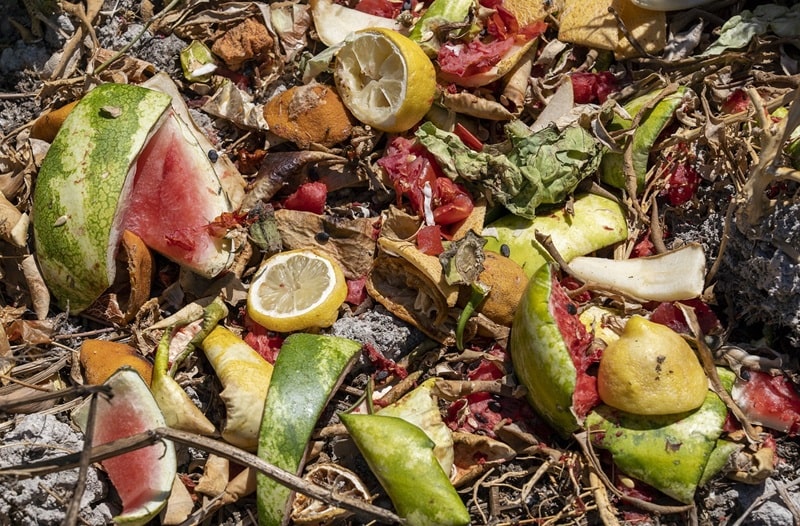
What is the Difference Between Food Loss and Food Waste?
As explained in this article, food loss encompasses the loss experienced from production to processing, including all food that is discarded before it reaches retailers and consumers. Food waste, on the other hand, is edible food that is discarded at the retail and consumer levels that would otherwise be fit for consumption.
While food loss and food waste are often used interchangeably, understanding the difference between these two terms is critical to reducing food loss and waste. Why?
Because addressing loss at production and processing is quite different from reducing waste at retail and consumer levels. As we saw in this article, food loss throughout the supply chain is often due to overproduction, lack of infrastructure, production inefficiencies, and storage and transportation issues, while food waste is often due to poor food management, confusion over expiration labels, and consumer preferences.
Since there is no one-size-fits-all solution to reducing food loss and waste, these differences highlight the importance of tailored waste management solutions.
The Bottom Line
Understanding the food loss food waste difference is a key part of reducing it throughout the supply chain. By performing food waste audits and tracking to identify sources of waste, companies and households can address each issue properly, reducing the amount of food loss and waste they generate and minimizing the environmental, economic, and social impact related to them.
As a trusted waste management company, we know the importance of creating tailored solutions that fit the specific needs of different businesses and industries. By providing a range of comprehensive industrial food waste recycling services, we help companies reduce waste without disrupting their day-to-day business operations.
If your company is interested in reducing food loss and waste, contact us at Shapiro.
Baily Ramsey, an accomplished marketing specialist, brings a unique blend of anthropological insight and marketing finesse to the digital landscape. Specializing in educational content creation, she creates content for various industries, with a particular interest in environmental initiatives.
